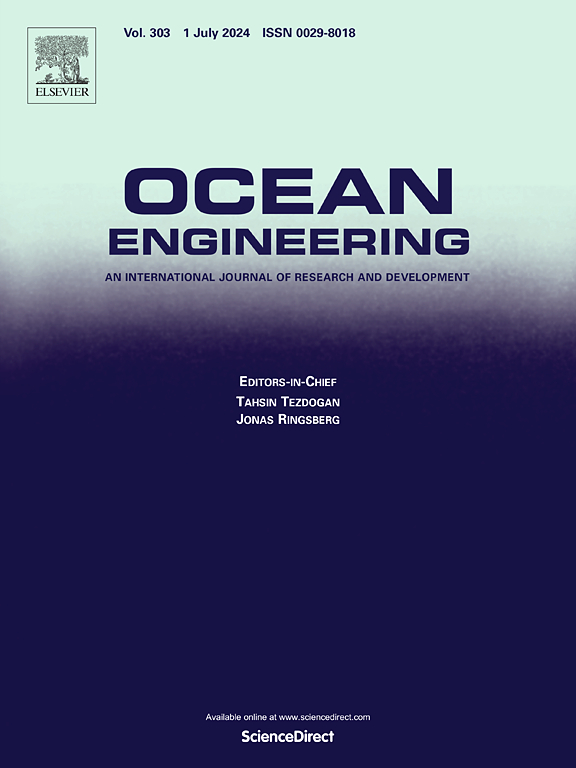Enhancing piled raft foundation performance in clay: Exploring the influence of cyclic lateral loading patterns, frequency, and cycles
IF 4.6
2区 工程技术
Q1 ENGINEERING, CIVIL
引用次数: 0
Abstract
Piled raft foundations are increasingly used in construction due to their cost efficiency, requiring fewer piles than traditional pile foundations. Their ability to withstand cyclic lateral loads, such as those from earthquakes and wind forces, is crucial for structural stability. Understanding their response under cyclic loading conditions is essential, and finite element modeling (FEM) is a valuable tool for analyzing these behaviors. A recent 3D FEM study examined the performance of piled raft foundations in clay soils, focusing on loading pattern, frequency, and number of cycles. Results showed that lateral load capacity decreased as cycle count and frequency increased, with full cyclic loading (FCL) having a more pronounced effect than half cyclic loading (HCL). The raft shared 20.57–39.07 % (HCL) and 27.68–55.13 % (FCL) of lateral loads at frequencies of 0.1–10 Hz over 20 cycles. Additionally, locked-in moments increased by 21 %, and the degradation factor ranged from 65 to 80 % for HCL and 70–90 % for FCL. These findings provide valuable insights into pile-soil interaction and foundation stability under cyclic lateral loading, ensuring more effective design strategies for structures exposed to dynamic forces. Future research should explore long-term cyclic effects to further optimize foundation performance.
求助全文
约1分钟内获得全文
求助全文
来源期刊

Ocean Engineering
工程技术-工程:大洋
CiteScore
7.30
自引率
34.00%
发文量
2379
审稿时长
8.1 months
期刊介绍:
Ocean Engineering provides a medium for the publication of original research and development work in the field of ocean engineering. Ocean Engineering seeks papers in the following topics.
 求助内容:
求助内容: 应助结果提醒方式:
应助结果提醒方式:


